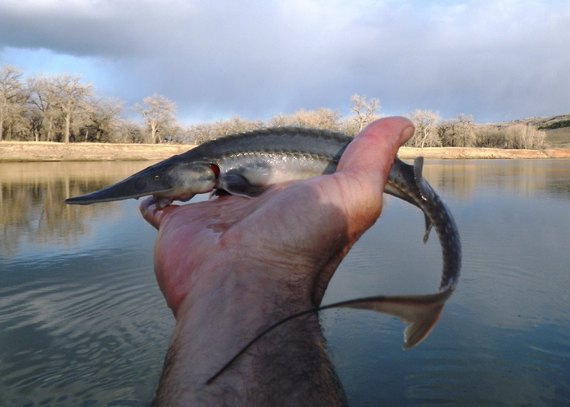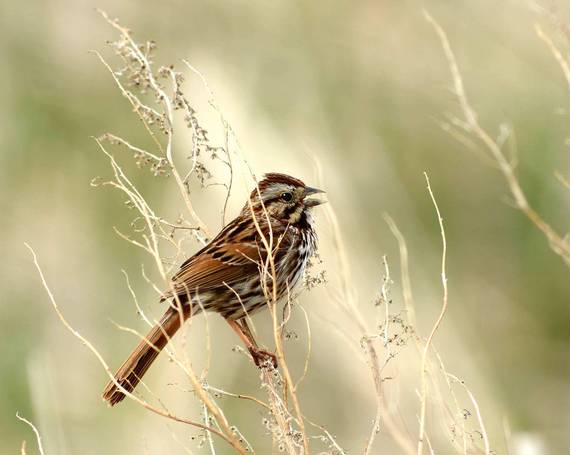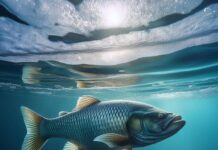
Inside Look at a National Fish Hatchery
See what’s new at Gavin’s Point National Fish Hatchery in South Dakota! U.S. Fish and Wildlife Service Project Leader Jeff Powell was recently interviewed in a local publication. He discusses his conservation career and working with rare pallid sturgeon, an ancient fish species native to the Missouri and Mississippi River drainages. If you’ve never been to a fish hatchery or considered a career in fisheries biology, it’s a particularly insightful read!
Additionally, last month the U.S. Fish and Wildlife Service, Bureau of Land Management, and U.S. Forest Service signed a memorandum of understanding with the Recreational Boating and Fishing Foundation, American Sportfishing Association, National Marine Manufacturers Association, and Association of Fish and Wildlife Agencies to coordinate collaboration and partnerships across the United States that promote and open access to fishing!
Find your local national fish hatchery or national wildlife refuge, and plan a visit to experience fishing and fish conservation for yourself in the great outdoors!
Leaf Your Pumpkins

Post-Halloween Wildlife Treats
Not sure what to do with your leftover Halloween pumpkins? Follow these tips from the National Wildlife Federation and the National Audubon Society to repurpose your waste as compost or urban wildlife goodies. As long as your pumpkins are free of paint and chemicals, they might make delicious treats for local wildlife in your community. For example, you can enjoy bird watching near a homemade pumpkin bird feeder or plant pumpkin seeds to help pollinators in the spring.
Also – please leave your leaves! A blog post from The Xerces Society provides guidance on keeping your backyard, schoolyard, or community fall friendly for wildlife. Leaf litter is beneficial to many insects that need it to survive the winter, including non-migratory butterfly and moth species. It can ultimately make your garden healthier by improving soil quality, too. Meanwhile, birds and other wildlife will appreciate the increased insect activity (food!).
Note: We are not condoning artificial feeding of non-urban wildlife like deer, elk, bears, pronghorn, foxes or mule deer, which can be dangerous. We always encourage people to view and respect wildlife from a safe distance, under natural conditions. We do not condone or promote behaviors that could make wildlife dependent upon humans for food or create situations harmful to people or wildlife.
Did You Know?
 |
National Bison Day!The first Sunday of November is National Bison Day. Initially celebrated in 2012, this day recognizes the cultural, ecological, economic, and historical significance of American bison in the United States. For many people and communities, including American Indian Tribes, this iconic mammal also has spiritual value. These large animals almost went extinct due to overhunting in the 1800s, but bison are once again thriving on many Tribal and public lands, such as the National Bison Range in Montana and Rocky Mountain Arsenal National Wildlife Refuge in Colorado. The American bison is the United States’ national mammal. Photo: A bison at National Bison Range in Montana by Dave Fitzpatrick/USFWS. |




